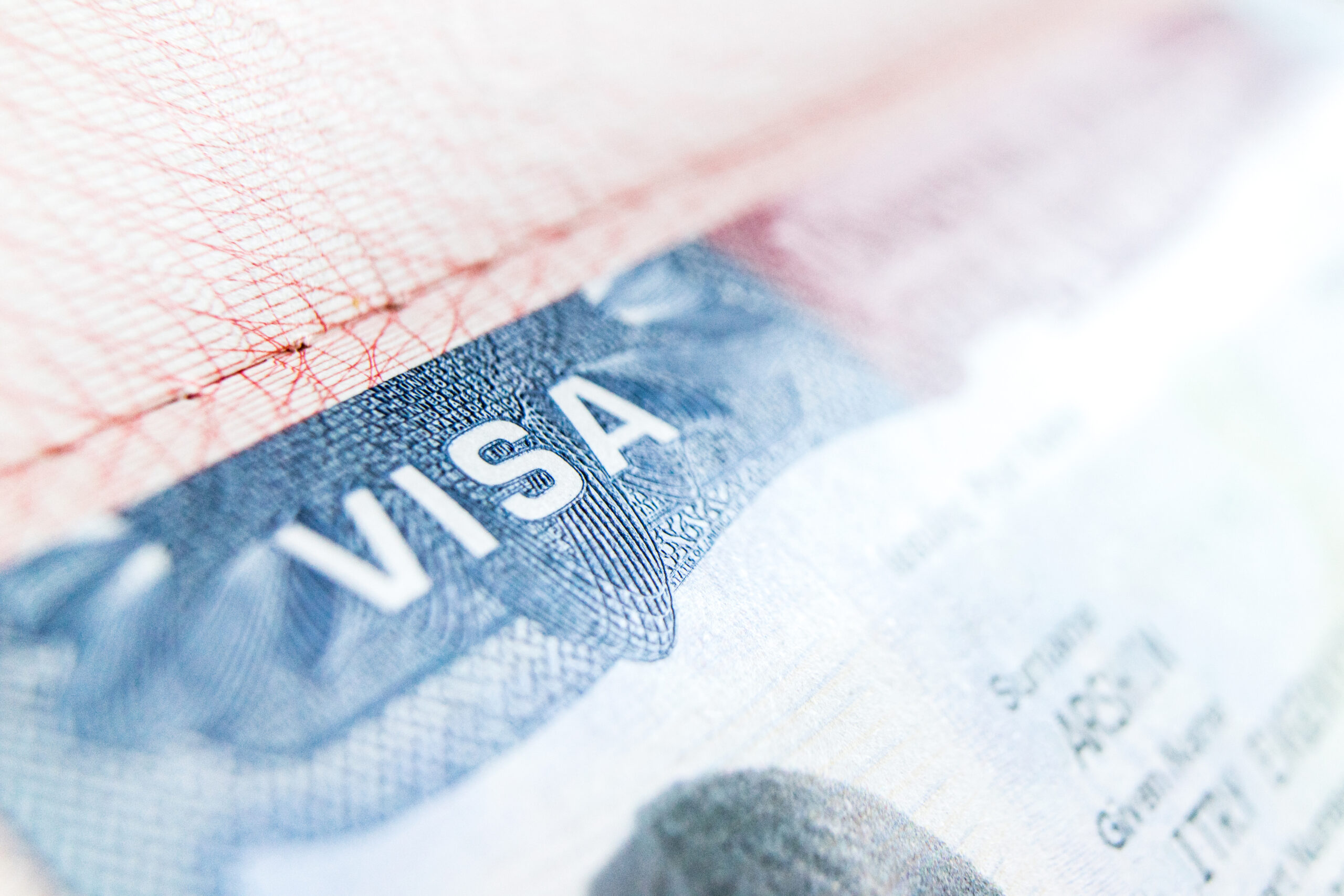In the dynamic landscape of employment and immigration, the Permanent Labor Certification Process (“PERM”) is a prominent gateway for foreign nationals seeking to obtain lawful permanent residency in the United States. The PERM process plays a pivotal role in ensuring that the U.S. job market is adequately protected while providing opportunities for unskilled, skilled, and professional workers around the world to contribute to the nation’s growth and development.
Understanding PERM: The Basics
PERM, an acronym for the Permanent Labor Certification, is a meticulously designed process overseen by the U.S. Department of Labor (“DOL”) as part of the employment-based immigration system. It aims to safeguard American workers’ interests by ensuring that foreign workers do not adversely affect employment opportunities or wages for U.S. citizens and permanent residents.
The process primarily applies to some employment-based preference categories, commonly known as EB-2 (Employment-Based Second Preference) and EB-3 (Employment-Based Third Preference), which includes professionals, skilled workers, and other workers. While PERM is a prerequisite for most green card applications in these categories, some exceptions exist for individuals with extraordinary abilities or those receiving national interest waivers.
The PERM Process Unveiled
The PERM process involves multiple steps, each integral to achieving a successful labor certification:
Prevailing Wage Determination: The first step is filing a Prevailing Wage request. The DOL determines the prevailing wage, which is the minimum salary required to be paid by the Employer, based on the position and its location. This wage ensures that the salary offered for the position does not undercut domestic wages and promote unpleasant working conditions.
Employer Recruitment: After receiving the prevailing wage, but before filing a PERM application with the DOL, the employer must undertake a highly regulated recruitment process to potentially identify any qualified U.S. workers in the workforce. This typically includes advertising the job in various mediums in accordance with the DOL regulations, such as the state workforce agency, newspapers, radio ads, job boards, and/or the employer’s own website. The recruitment process varies depending upon the type of position, job location, job requirements, travel requirements, number of positions available, etc.
PERM Application Submission: Once recruitment is complete and no suitable U.S. workers are found, the employer files ETA Form 9089, also known as the PERM application, with the DOL. This form includes detailed information about the job, its requirements, recruitment efforts, and the foreign worker.
Processing and Review: The DOL reviews the application for completeness and adherence to its regulations. If any issues arise, they may request additional documentation or clarification.
Certification or Denial: If the DOL approves the application, the employer receives a certified ETA Form 9089, indicating that the labor certification is granted. In the event of a denial, the employer can appeal or reapply with the necessary modifications.
Benefits of PERM
The PERM process brings several benefits to various stakeholders:
Employers: PERM allows employers to access a global talent pool, contributing to a diverse and skilled workforce that enhances innovation and productivity.
Foreign Workers: For professional, skilled, and unskilled foreign workers, PERM offers a pathway to lawful permanent residency in the U.S., ensuring stability and the opportunity to pursue the American Dream.
U.S. Workers: The stringent recruitment process protects the rights and interests of domestic workers by ensuring they have priority in job opportunities and fair wages.
The Permanent Labor Certification Process (“PERM”) is a beacon of hope for foreign workers aspiring to settle permanently in the United States. Through a meticulous and regulated approach, PERM bridges the gap between global talent and the needs of the American workforce to foster economic growth, cultural diversity, and a shared vision for the future. As the world continues to evolve, so will the PERM process, adapting to its ever-changing dynamics while maintaining its core mission of balancing opportunities for all.



